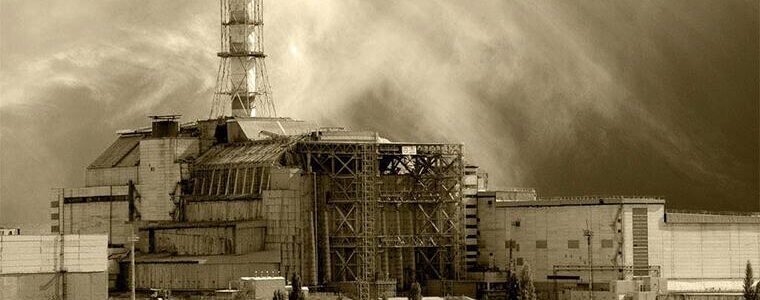
39 years since the Chernobyl disaster
On April 26, 1986, at 1:23 a.m. Kyiv time, the fourth power unit of the Chernobyl Nuclear Power Plant (ChNPP) suffered the worst man-made disaster in human history. As a result of a failed experiment to test safety systems, a reactor explosion occurred, leading to a massive release of radioactive substances into the atmosphere.
How the accident happened
The experiment on the fourth power unit was conducted to test the operation of the turbine generator in the event of a loss of external power supply. Due to a series of violations of instructions, design errors, and incorrect actions by personnel, the reactor lost stability, causing a thermal explosion and subsequent fire.
The first firefighters and plant workers who arrived at the scene of the accident were exposed to powerful radioactive radiation, often without adequate protection.
The scale of the disaster
In the first days after the accident, a radioactive cloud covered Ukraine, Belarus, and Russia, and then spread throughout Europe.
Approximately 116,000 people were urgently evacuated from Pripyat and the 30-kilometer exclusion zone.
Subsequently, another 220,000 people were resettled from contaminated areas.
According to experts, radioactive emissions from Chernobyl were dozens of times higher than the atomic bombs dropped on Hiroshima and Nagasaki.
Consequences of the disaster
Human casualties:
Immediately after the accident, about 30 people died from acute radiation sickness and injuries.
According to long-term forecasts, the effects of radiation have led to an increase in thyroid disease, cancer, and cardiovascular disease in tens of thousands of people.
Environmental consequences:
For decades, the exclusion zone remained extremely dangerous for habitation.
Some areas still have high levels of radiation contamination today.
Economic consequences:
The USSR suffered enormous economic losses estimated at billions of dollars.
Reconstruction work, the construction of a sarcophagus over the destroyed reactor, and the resettlement of the population all placed a heavy burden on the economy.
Global consequences
Rethinking security policy: After Chernobyl, nuclear power plant safety standards were revised around the world.
Intensification of the anti-nuclear movement: European countries began to develop programs to phase out nuclear energy or tighten controls over it.
Increased international cooperation: the disaster highlighted the need for global coordination in the event of nuclear accidents. New international agreements on nuclear safety were established.